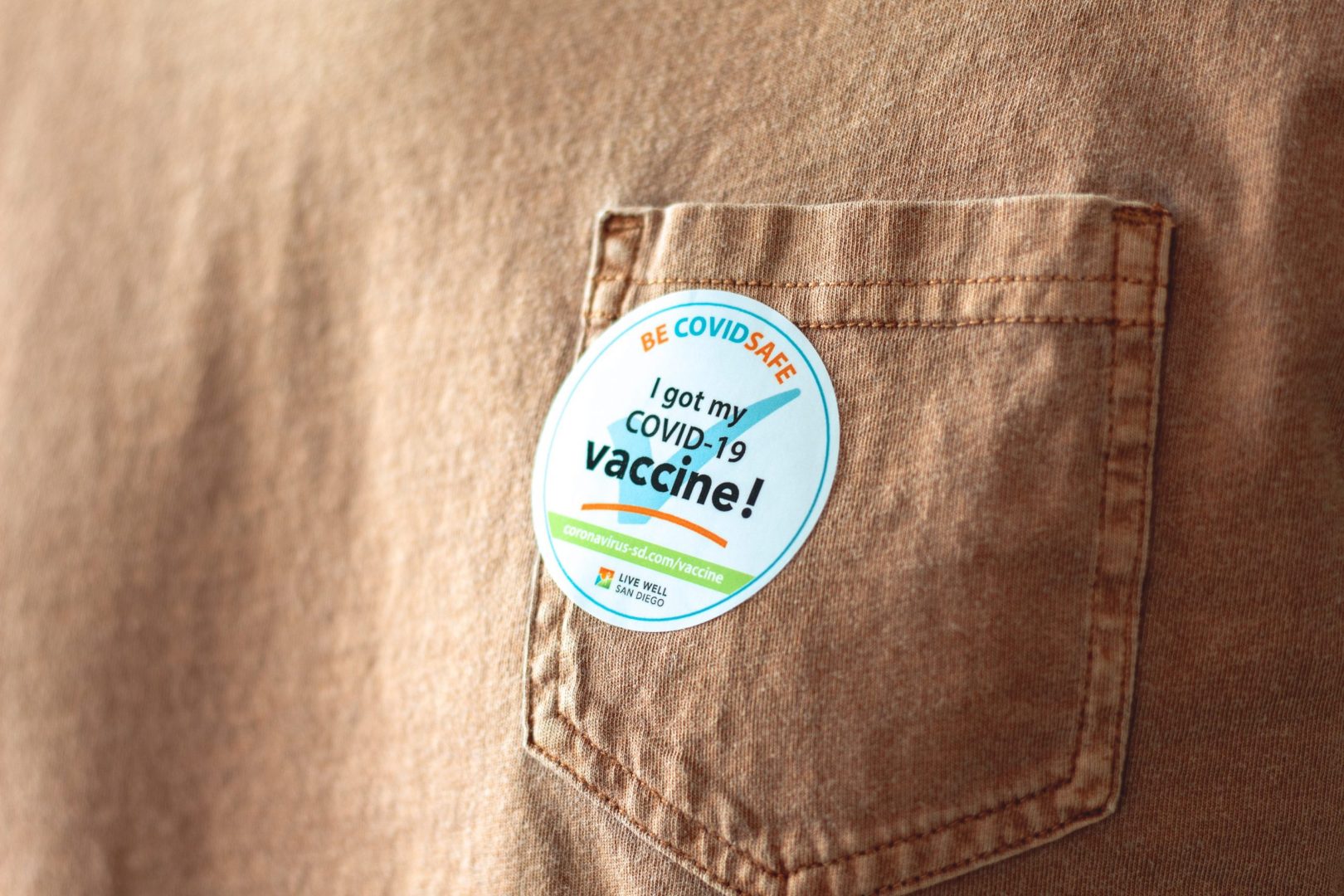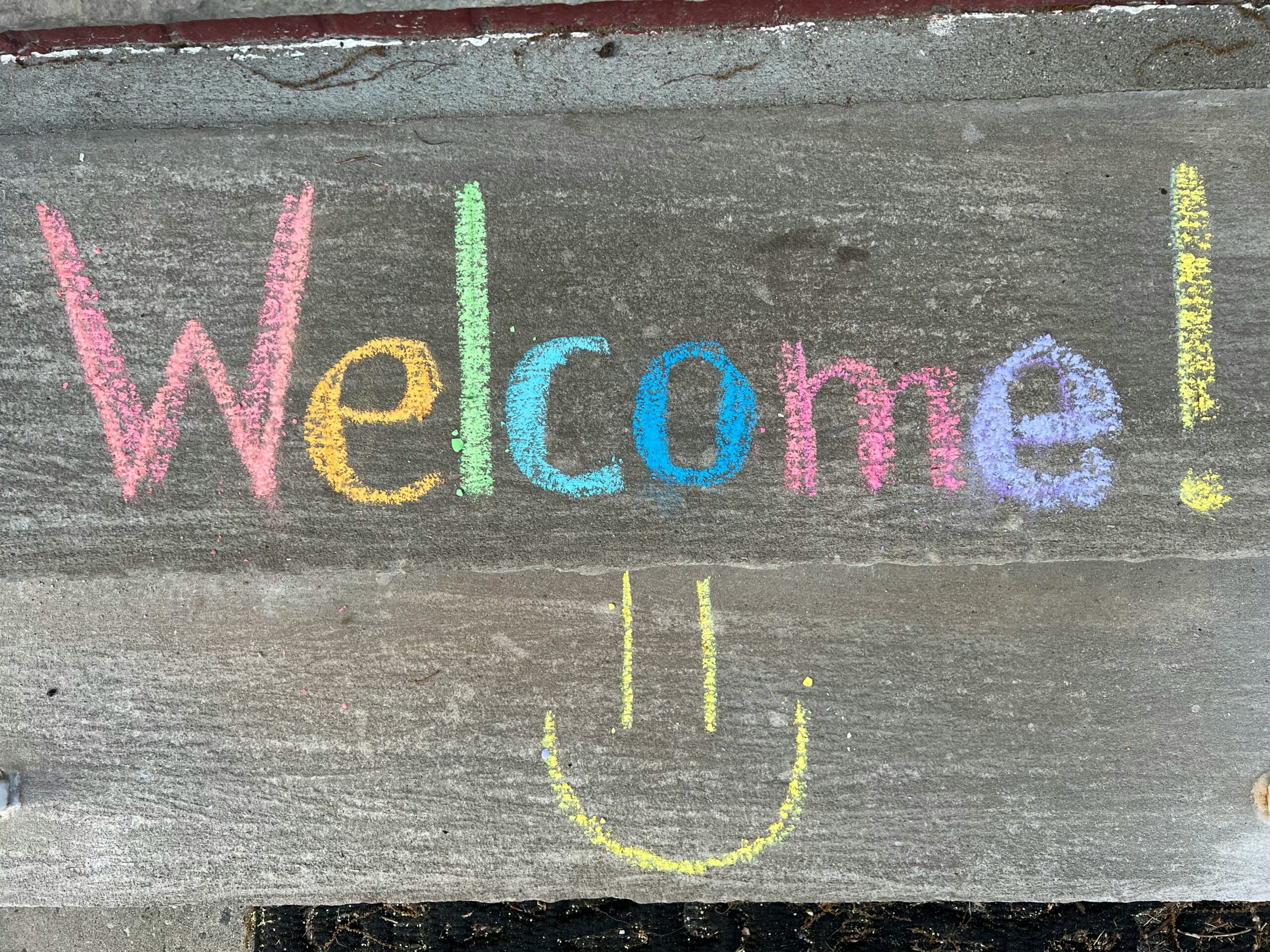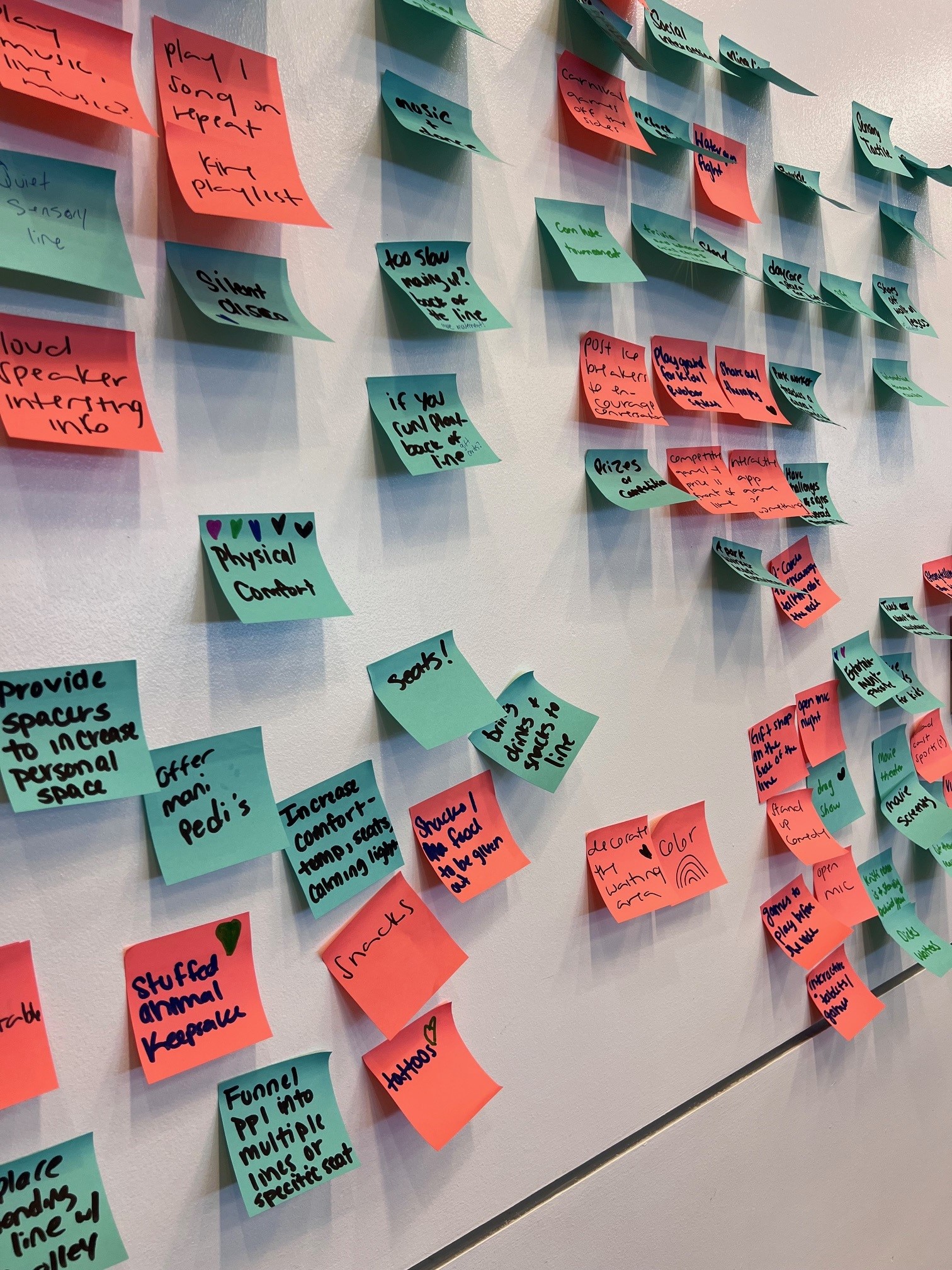Resources and information from a recent True You Maryland training to help support the mental health and safety of your students.
Talking about sexuality in the classroom can be awkward! We’ve all been there. But there’s a difference between discomfort and experiencing a trauma response. It can be hard to know what’s going on with our students.
What can we do to become trustworthy adults and avoid harm and re-traumatization in the classroom? What can we learn as educators to promote youth safety and wellness during sex ed and beyond?
Trauma responses don’t have a timeline and can look different for everyone. Re-experiencing a previously traumatic event consciously or subconsciously can result in re-traumatization. Similar triggers—such as smells, sensations, touch, and imagery—can reactivate stress responses.
What can we do to become trustworthy adults and avoid harm and re-traumatization in the classroom? What can we learn as educators to promote youth safety and wellness during sex ed and beyond?
Recently, True You Maryland hosted a training, led by Sarah Orton from Cardea, on foundational knowledge related to trauma, responses and manifestations in the classroom, practical tools and strategies for becoming a trauma-informed educator, and how to support young people during sexual health discussions.
Here are a few resources that might help you on your learning path.
Guide to Trauma-Informed Sex Education | Cardea
The Guide to Trauma-Informed Sex Education provides facilitators, educators, and youth-serving professionals with concrete strategies for integrating a trauma-informed approach into sex ed and pregnancy prevention programming. The guide offers background information about the prevalence and impact of trauma and its effects on the brain and behavior and expands upon SAMHSA’s components of a trauma-informed approach.
Triggers vs “Triggered”: Trauma Triggers and Modern Language Shifts | Lindsay Braman
Feeling upset, anxious, or extremely uncomfortable when we encounter difficult content is normal. Having a strong reaction to information that is generally considered troubling or difficult information is normal. Learning to self-regulate (aka “calm down”) after exposure to difficult content is part of normal emotional development.
Listening to Black Women and Girls: Lived Experiences of Adultification Bias | Georgetown Law Center on Poverty and Inequality
This report reflects research that listened to the voices of Black women and girls about their experiences, insights, and solutions with regards to adultification bias.
Addressing Race and Trauma in the Classroom: A Resource for Educators | The National Child Traumatic Stress Network
This resource is intended to help educators understand how they might address the interplay of race and trauma and its effects on students in the classroom. After defining key terms, the guide outlines recommendations for educators and offers a list of supplemental resources.
How Does Trauma Affect LGBTQIA+ Communities? | PsychCentral
Research shows that people in LGBTQIA+ communities experience trauma at higher rates than straight, cisgender people. This resource outlines the trauma that LGBTQIA+ youth can experience and ways to help youth.
Supporting Students by Showing up for Ourselves | PBS Education
This article talks about Dr. Dan Siegel’s Window of Tolerance Model and explores how you can widen your own window by integrating difficult emotions, feelings, sensations, and stressors.
Wired for Danger: The Effects of Childhood | BrainFacts.org
This short video talks about how childhood trauma damages emotional health but also physically affects the brain. Trauma rewires several parts of the brain, altering their activity and influence over the body.
‘I Didn’t Know It Had a Name’: Secondary Traumatic Stress and Educators | National Education Association
Caring about students can come with a price. Self-care helps, but schools need to take the lead in helping educators cope with Secondary Traumatic Stress.
Are You a Trauma-Informed Sex Educator? | U Choose to Know Digest
As a teacher, you undoubtedly strive to be inclusive of all your students, including those who have experienced trauma. You are also probably aware that sex education requires navigating many sensitive topics that can trigger or re-traumatize students. This resource summarizes what students who have experienced trauma need from you and shares some ways to put this knowledge to work in you’re the classroom.
Exploring How Trauma is Addressed in Sexual Education Interventions for Youth: A Scoping Review | Health Education & Behavior
Traumatic experiences are common among adolescents and can negatively affect learning and increase the risk of early pregnancy, parenthood, and sexually transmitted infections. Little is known about how current sexual health interventions address trauma. Educators can broaden this reach by developing trauma-informed content that is compatible with existing curricula.
PHOTO CREDIT: Valiza14 on Adobe Stock
Discover the magic of the Network.








